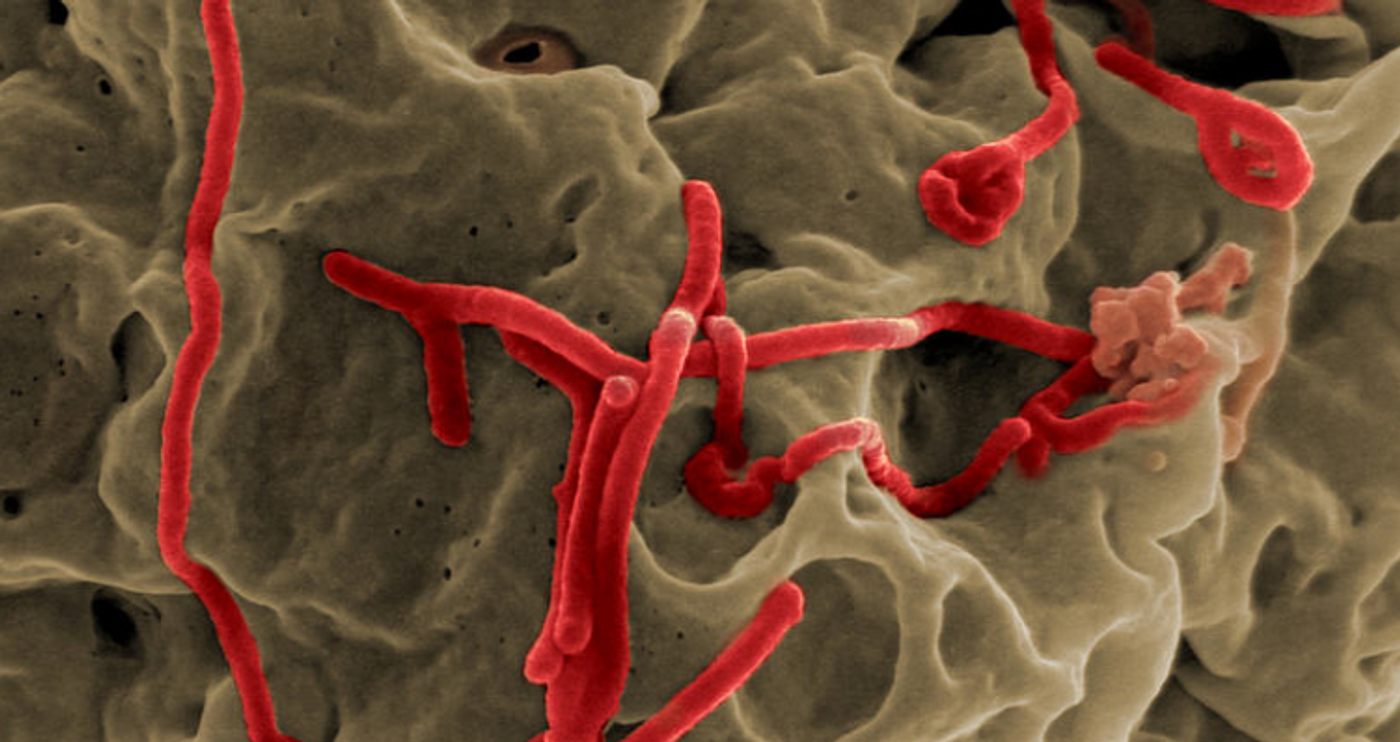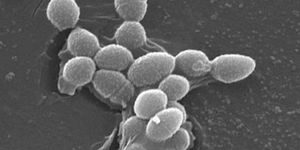How Ebola Gets Into Cells
Ebola is a deadly infectious disease that seems to pop back up just often enough to remind us that it’s still lurking out there, waiting to wreak havoc. New research by scientists at the Texas Biomedical Research Institute has identified specific proteins used by the pathogen to get into cells, where it begins to produce more viral particles that can go on to infect more cells and spread the virus. The data has been reported in The Journal of Infectious Diseases.
One of the most recent Ebola outbreaks has killed thirty people in the east of the Democratic Republic of Congo. Research on this deadly germ has to be performed in a biosafety lab, usually far off-site, that can contain pathogens that don’t have cures or vaccine to fight them.
The scientists found that the virus takes advantage of a cellular pathway called autophagy, in which cells can degrade parts of themselves as a survival or defensive strategy; it can eliminate invaders or recycle essential cellular parts. It usually occurs within the cell, but Texas Biomed staff scientist Olena Shtanko, Ph.D. revealed that it can also take place near the cell surface. That is where Ebola uses it to facilitate the uptake of viral particles, called virions.
By using a poorly understood process called macropinocytosis, the Ebola virus can create extensions that curl around virions, taking them into the cell interior.
“We were stunned to find that Ebola virus is using autophagy regulators right at the surface of the cell,” Shtanko noted. “Knowing that these mechanisms work together, we can start finding ways to regulate them.”
An understanding of the interaction between these cellular processes may help scientists learn more about other physiological functions and diseases.
The interplay between these two cellular processes may also have implications for the treatment of health conditions other than viruses. Shtanko suggested that if a protein involved in autophagy could be regulated with a drug, it may help treat combat complex diseases in which macropinocytosis has been implicated. That includes some cancer and neurodegenerative disorders, such as Alzheimer’s disease.
“The work is a great example of serendipity,” commented study co-author scientist Rob Davey, “Few would have thought that working on Ebola virus would reveal something truly new about how the cell works.”









